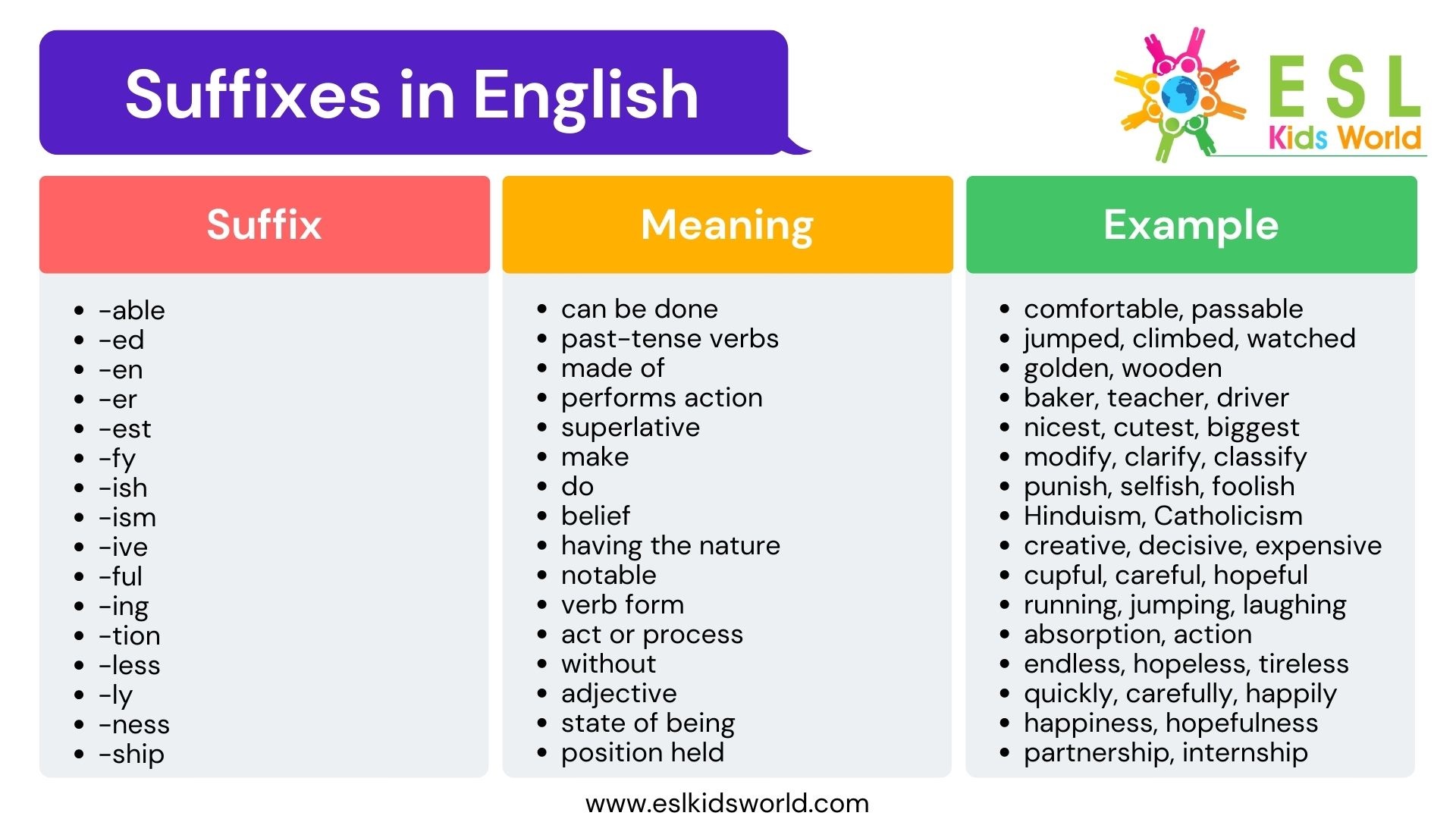Historical Overview of Musical Suffixes

Suffs musical – Musical suffixes are symbols or letters added to the end of a musical note to indicate specific alterations in pitch or duration. Their origins can be traced back to the early days of Western music, where they were used to denote changes in the solmization syllables used in plainchant.
Over time, suffixes evolved to encompass a wider range of musical alterations, including accidentals, rhythmic alterations, and articulations. In the Renaissance and Baroque periods, suffixes were used extensively to create complex melodic and rhythmic patterns. During the Classical and Romantic periods, they became more standardized, with specific suffixes assigned to specific alterations.
Role in Musical Notation
Musical suffixes play a crucial role in musical notation, providing a concise and efficient way to indicate specific alterations. They are used in both printed and handwritten music, and are essential for accurate interpretation and performance.
Suffixes can be used to alter the pitch of a note, either raising or lowering it by a specific interval. They can also be used to change the duration of a note, making it longer or shorter. Additionally, suffixes can be used to indicate specific articulations, such as staccato or legato.
Common Suffixes and Their Uses: Suffs Musical

Musical suffixes play a crucial role in enhancing the expressiveness and complexity of musical compositions. They serve as valuable tools for composers to convey specific emotions, articulations, and nuances within their works. By understanding the function and purpose of these suffixes, musicians can effectively utilize them to create rich and evocative musical experiences.
Diminutive Suffixes
Diminutive suffixes, such as “-ino” and “-etta,” are employed to indicate a smaller or less intense version of the original musical element. For instance, “andantino” implies a slower tempo than “andante,” while “pianissimo” denotes a very soft dynamic level compared to “piano.”
Augmentative Suffixes
In contrast, augmentative suffixes like “-one” and “-issimo” suggest a larger or more intense version of the original element. For example, “allegretto” signifies a slightly faster tempo than “allegro,” and “fortissimo” represents an extremely loud dynamic level, exceeding “forte.”
Suffixes Indicating Articulation
Certain suffixes specifically influence the articulation of notes. “-Staccato” indicates short, detached notes, while “-legato” implies smoothly connected notes. “-Marcato” denotes emphasized notes, and “-tenuto” signifies sustained notes.
Suffixes Modifying Dynamics
Dynamic suffixes, such as “-crescendo” and “-diminuendo,” provide instructions for gradual changes in volume. “-Crescendo” indicates a gradual increase in volume, while “-diminuendo” suggests a gradual decrease.
Suffixes Related to Tempo
Tempo-related suffixes, like “-accelerando” and “-ritardando,” affect the pace of the music. “-Accelerando” implies a gradual acceleration, and “-ritardando” suggests a gradual deceleration.
Advanced Applications of Musical Suffixes

In contemporary music, suffixes have evolved beyond their traditional roles, serving as creative tools for composers and musicians. They are employed in experimental and electronic music to push the boundaries of musical expression.
Creative and Innovative Uses of Suffixes, Suffs musical
- Harmonic Extensions: Suffixes are used to create extended harmonies, adding richness and complexity to chords. For instance, the suffix “-9” extends a major triad to include the ninth interval, creating a more dissonant and expressive sound.
- Melodic Ornamentation: Suffixes can embellish melodies, adding subtle variations and interest. A suffix like “-trill” indicates a rapid oscillation between two adjacent notes, while “-mordent” creates a quick alternation between the main note and its lower neighbor.
- Rhythmic Alterations: Suffixes can modify rhythms, creating unexpected and syncopated patterns. For example, the suffix “-dotted” extends the duration of a note by half its value, while “-tied” connects two notes of different pitches, creating a smooth transition.
Suffixes in Experimental and Electronic Music
In experimental and electronic music, suffixes play a crucial role in shaping the sonic landscape:
- Timbral Modifications: Suffixes can be used to alter the timbre of electronic sounds. For instance, the suffix “-filter” applies a filter to the sound, modifying its frequency response and creating unique sonic textures.
- Spatial Effects: Suffixes can create spatial effects in electronic music. The suffix “-reverb” adds reverberation to a sound, simulating the natural decay of sound in a physical space. “-Delay” creates a delayed echo effect, adding depth and dimension to the soundscape.
- Algorithmic Compositions: Suffixes can be incorporated into algorithms for algorithmic compositions. These algorithms use mathematical formulas and rules to generate musical sequences, and suffixes can be used to control the parameters of these formulas, creating dynamic and evolving musical structures.